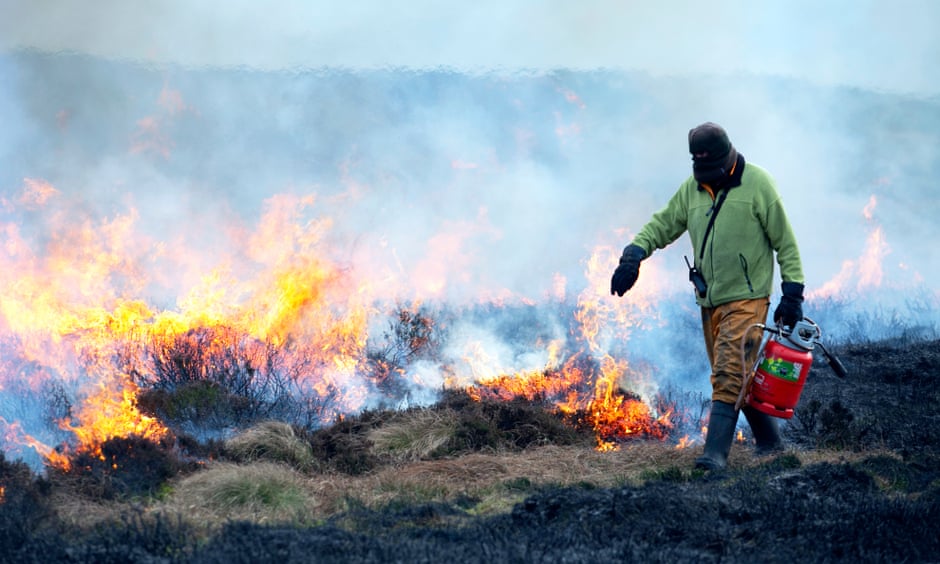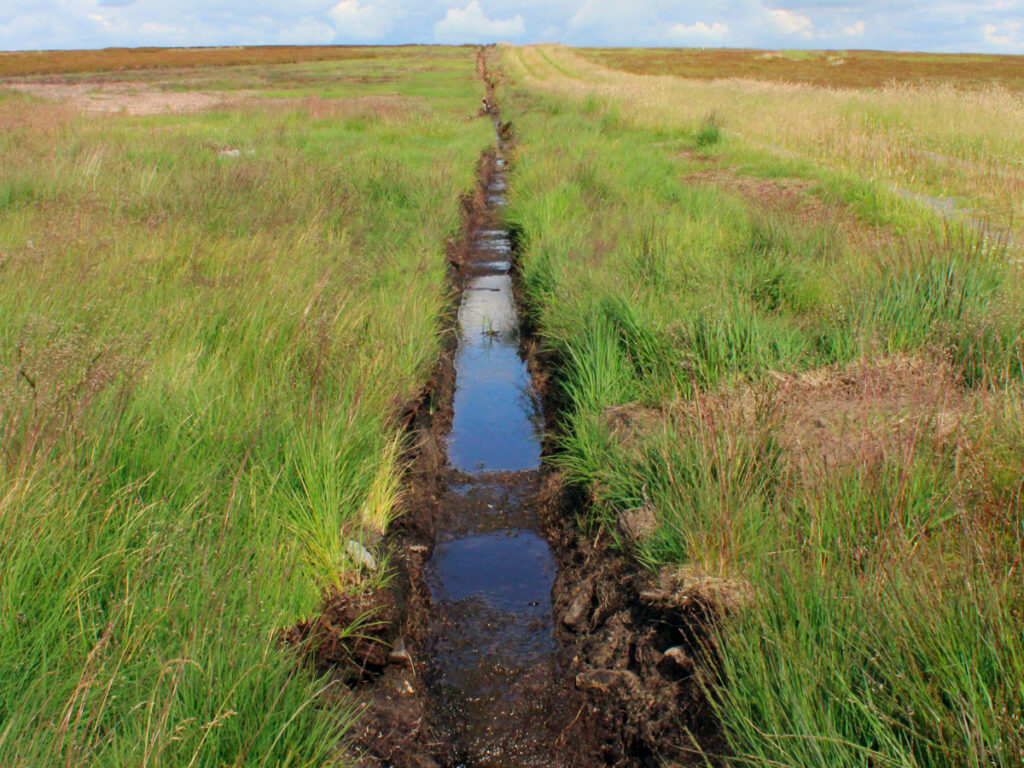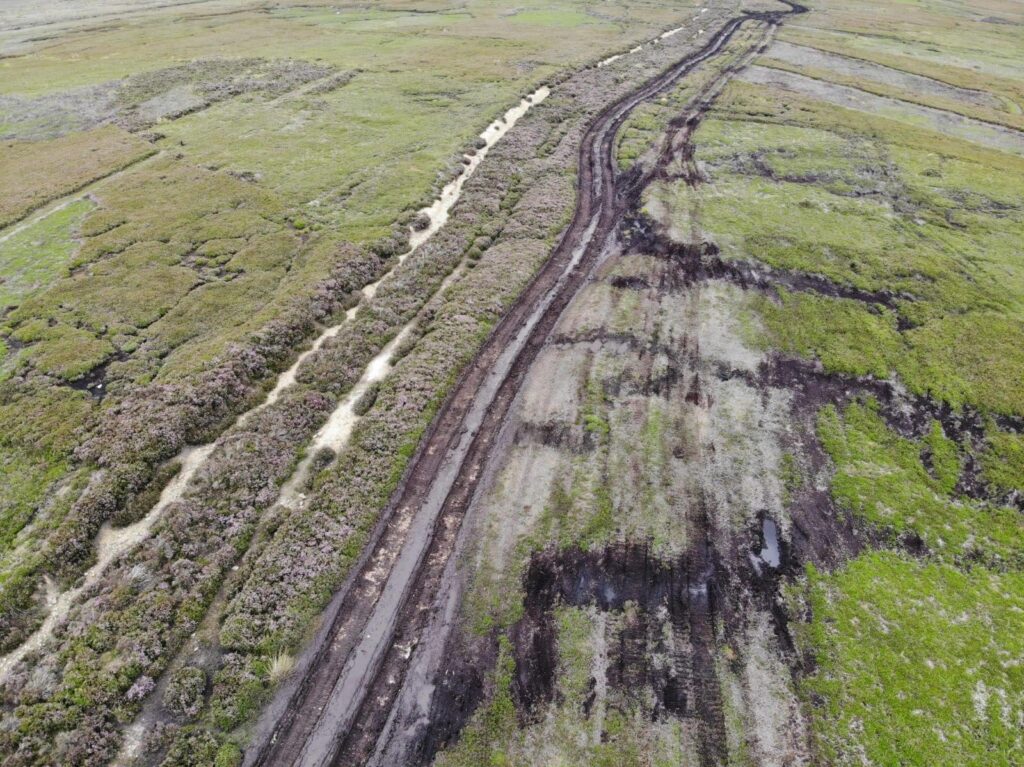Burning away precious peatlands

Britain’s peatlands are a crucial lynchpin in the fight against climate change, storing as much carbon as all the forests in the UK, Germany and France combined. They are the largest natural terrestrial carbon stores. Grouse moors severely damage to these important habitats by burning the heather-clad hills on which peatlands are located in order to cultivate younger, more nutritious vegetation for game birds to eat. This industrial practice degrades sensitive peatland ecosystems, releases climate-altering gasses into the atmosphere, depletes biodiversity and contributes to flooding in communities downstream from grouse moors.
Despite consensus that grouse moor burning damages peatlands and makes it more difficult for them to be restored, use of the harmful practice has continued to escalate. Wild Moors recorded over 1,200 incidents of grouse moors burning on peatlands during the 2021-2022 season, an 118% increase in three seasons. This intensification has resulted in burning becoming the largest driver of poor habitat condition in England’s Sites of Special Scientific Interest. Subsequently, only 4% of England’s upland peat is in favourable condition which is converting these important habitats from carbon stores into carbon emitters.
Draining fragile moorland ecosystems

Peatlands are drained through large ditches being dug into the fragile habitat to make them more suitable for grouse breeding. By converting ancient wet bogs to a dry landscape dominated by heather, a ready supply of food and shelter is provided for grouse being reared for shooting. However, this makes the landscape more vulnerable to wildfires because wet peatlands provide a natural firebreak.
Drainage has been found across a fifth of all peatlands, leading to them rapidly losing stored carbon and contributing to the decline of peat-forming sphagnum moss. But where drainage is reversed to re-wet peatlands, not only does it help restore vegetation and habitat, but also slows the run-off water from upland peat by up to 75% to help prevent flooding.
Grouse shooting highways built into the hills

Vehicle access tracks have been built across sensitive upland habitats to convey shooting parties across grouse moors. These roads, which proliferate moorland landscapes, cause considerable damage to the underlying peatland and can lead to significant changes to the ecosystem. This includes by causing the degraded peatlands to act as a source of carbon emissions, increasing the amount of water which runs off the moor and removing important nesting habitat for threatened breeding birds such as dunlin, curlew and lapwing.